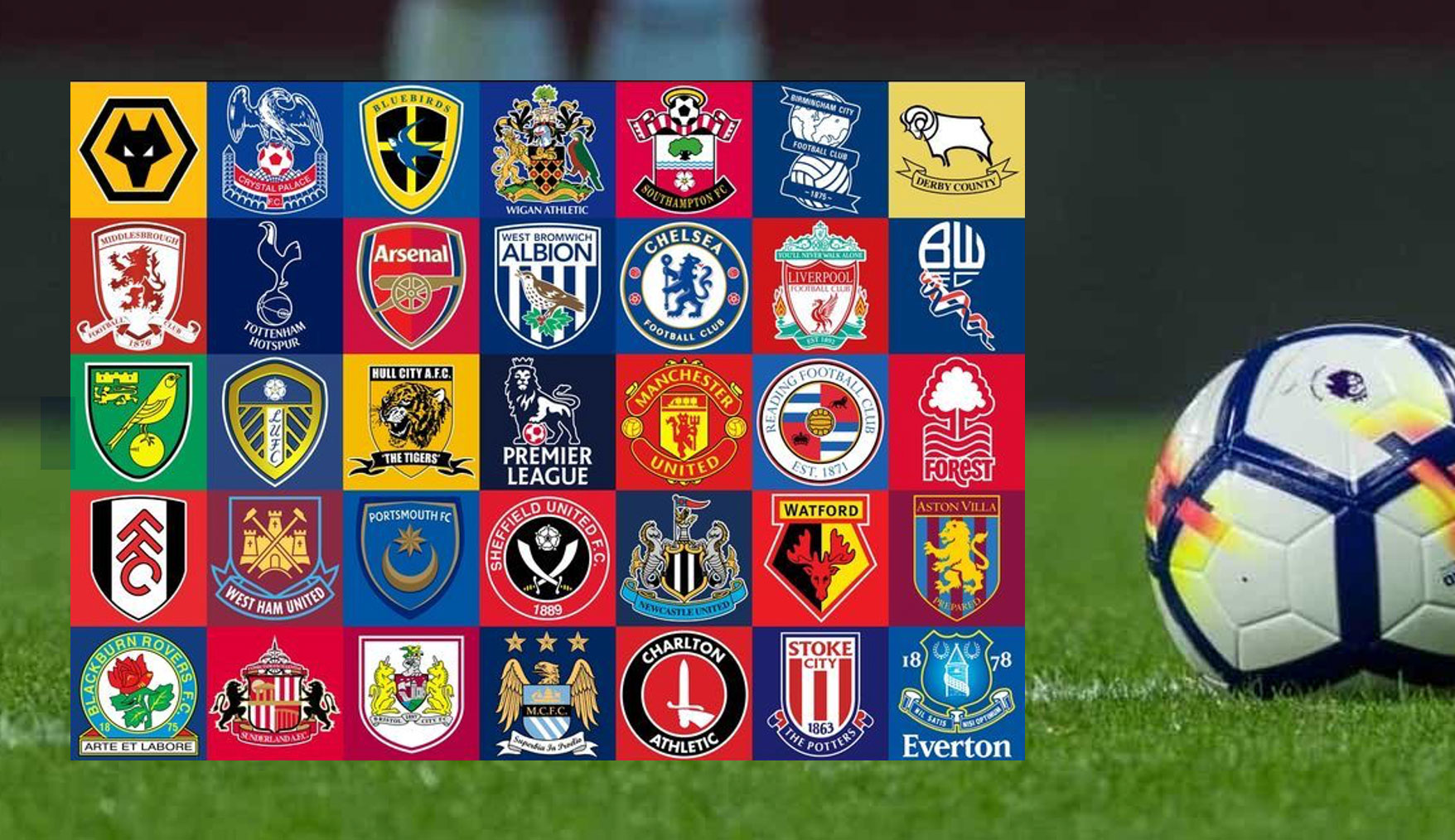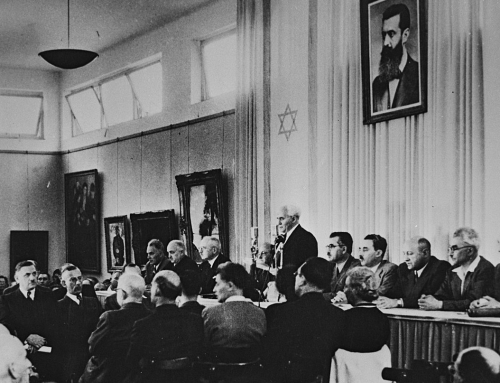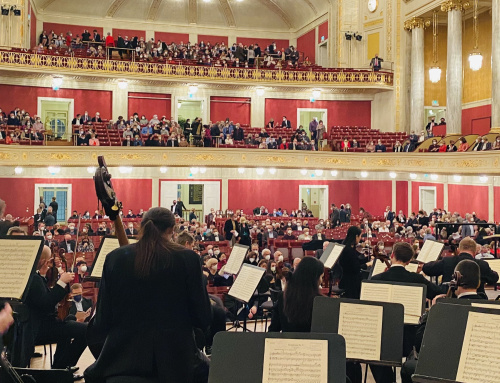Journey’s End?
by Ian Murdoch
From Then….
My first encounter with English professional football was when I went to a League Division One (as it was then called – the forerunner of today’s Premier League) fixture in the early 1960’s. I went with my father and uncle on a wet autumn afternoon, stood on the terraces at Stamford Bridge and watched Chelsea and West Bromwich Albion fight out a scrappy and rather undistinguished 2-2 draw.
The grounds of the leading clubs in those days were a far cry from what they are today. Stamford Bridge – although it was both large and the premises of a leading club – was spartan by today’s standards. There was one covered stand providing seating for the owners, directors and season-ticket holders; the rest of us queued to get in to the ground, paid cash at the turnstiles, stood on the terraces (ideally with a crush-barrier behind our backs), mostly without a roof over our heads – and were exposed to wind and weather. The rowdy supporters of both teams were herded into an area behind one of the goals with a thick phalanx of policemen keeping them apart. Entertainment – apart from the game itself – was limited to a Salvation Army brass band in the interval. Some further distraction could be provided by watching the inevitable fight between the rival rowdies, counting the number of policemen who lost their helmets and the number of spectators ejected from the ground. If your digestion was up to it, you might try a hot dog or hamburger of dubious quality from one of the stalls which appeared after the match at the exits. It wasn’t just the facilities that were different. The clubs themselves ran along different lines.
Players were largely – in some cases almost exclusively – local, being discovered by the clubs’ talent spotters (as, a few years later, my 11-year-old cousin was) and working their way up through the youth schemes.
Of course, transfers happened but they were rare in comparison to today. The Chelsea team I watched that Saturday afternoon contained only one transferee – Scottish defender Eddie McCreadie, bought from Motherwell for the princely sum of £ 5,000. The other ten players were home-grown. International transfers were unheard of. When Jimmy Greaves left England to play in Italy, the story made headline news in all the national papers and was the top item on the evening news programmes of both BBC and ITV.
What did all this mean? The players were local, the managers were local, the grounds were situated in poorer, working-class areas of town. Identification with such a club was easy. This was reflected in the attendance figures – the major clubs boasted gates of over 50,000 at their home matches. For a top-of-the table fixture or a London derby, Chelsea could count on an attendance of over 60,000. Football was true to its roots – it was the sport of the masses… – and it was English.
To Now….
A glance at today’s facilities, at the team-sheets or the financial statements of the leading Premier League clubs will demonstrate the journey which has been made since those days in the dim-and-distant 1960’s. My last visit to Stamford Bridge was as a delegate to an international conference run by a superbly equipped, professionally run conference centre. A guided tour of the ground – part of the conference package – showed an all-seat, fully covered stadium for 42,000 spectators, excellent dressing-room facilities for both teams and state-of-the-art equipment for growing and repairing the turf between matches. Sides fielded by the leading clubs now contain few – sometimes very few – recognisably British names. Financial statements bear witness to fully-fledged businesses both of substantial size as well as with an enviable growth pattern. To quote a few numbers: Manchester United grew their gross revenues from £285 million in 2009/2010 to £670 million in the last pre-Corona season. Liverpool’s revenues top £500 million, Chelsea come in at close to £450 million. Premier League Football has become a major business and the leading clubs boast a large number of diverse revenue streams.
How has it all come about? Four major, inter-dependent and mutually supportive factors have been at play : more money – both equity as well as loan capital enabling investment in both players and facilities : the opening of the UK to Continental Europe, enabling access to a new pool of highly talented players as well as to European competitions, with the Champions League being a truly major money-spinner : increased media coverage – mainly, but not limited to live TV coverage on an increasing number of sports channels : and increasing sponsorship .
Is it all too good to be true? Can the growth continue unabated? Some concerns have begun to be voiced. Football is a highly capital-intensive business. Many clubs carry substantial borrowings – Manchester United’s are in excess of £400 million – which makes them vulnerable to downturns. Another line of questioning: have we tapped too much into Continental Europe?
The FA’s records show that over 60% of registered Premier League players and around half the trainers come from outside the UK, the overwhelming majority of these being from the European Continent. Is this in the best interest of English football? Is the sport losing contact with its roots?
Where Next?
The questions and concerns set out above – and the way in which they will be addressed – need to be seen within the context of the two major challenges facing the UK at the present time: the impact of Covid and the changes which Brexit will bring about. Leading clubs have commented in their annual accounts and press releases on the effect of Covid. the general tenor being that finances are coming under strain and that matters will get worse before they improve. Less money will be available for investment until the improvement comes.
The impact of Brexit – in particular the planned restrictions on freedom of movement – can be seen in two recent initiatives affecting the Premier League: the “home grown player” initiative, which requires a minimum of 7 out of a squad of 25 players to have been developed by the club in question for at least three years, (although the players concerned do not have to be British) and the agreement between the FA and the UK Government on a points-based system covering the engagement of foreign players. Both measures seem likely to restrict and to reduce over time the number of non-UK players, particularly those from the EU.
What impact will these measures have? Has the current model, based on a plentiful supply of foreign players, reached its zenith? Will clubs need to devote more attention to their academies and youth schemes? Will trainers need different skills sets – more to encourage young talent and less to manage the fragile egos of established superstars? Will clubs be able to attract and retain enough talent to continue to succeed in Continental European competitions? Will the finances constrained by Covid be adequate? There are plenty of challenges out there.
Journey’s End?
UK society is changing. Like any business in a changing environment, the Premier League will need to redefine its role. Could it be that the challenges outlined above will result in its being perceived as more English again – football reconnecting with its roots? The attitude of fans will be important. Will they stick with their clubs if there is a fall-off in quality? There I am confident: old loyalties die hard – despite its international squad of players and its foreign ownership, when I look up ORF Teletext page 216 to see the week’s results, it is still the Chelsea result that I look for first.
So: Journey’s End? No – but there are changes afoot. The Premier League will adapt and survive. I have no doubt that its position as a central part of English life will continue. I wish it well.
Let us have your views and comments!








“old loyalties die hard“ will be the major point for all fans out there and I am pretty confident that the bigger clubs will hardly find themselves in a bigger crisis, as long as they stay anywhere near competitive. Leeds now, and I hope teams like Bolton and, maybe Pompey soon again, show exactly that with big and traditional “football“ cities.
Will it become more English again? I’m afraid I cannot answer with a yes due to the changes along the way in the past few decades. Owners come from all around the globe and are 99% money driven, which you cannot even blame them for. The Premier League is all about success and a business, nothing more or less. As long as the PL does not go back to an ownership model similar to our “Vereine“, which would result in less success in Europe, therefore a dwindling in revenue, followed by less star players, a drop in quality and in the end far less appeal to the fans, the Premier League has to follow the flow.
After all, this might not be very satsfying for us football purists out there, but I for one will somehow always be driven back onto this green field with 22 players chasing a single ball. Old loyalties die hard!